What is an ultrasonic cleaner?
Browse Volume:1071 Classify:Support
What is an ultrasonic cleaner?
Ultrasonic cleaning means that the object is immersed in a tank of liquid containing high-frequency sound waves to quickly and thoroughly remove contaminants from the object. These inaudible sound waves produce a scrubbing effect in the fluid, which is caused by high-frequency electrical energy, which is converted by a transducer into high-frequency sound waves – ultrasound energy.
How do ultrasonic cleaners work?
Ultrasonic energy enters the liquid inside the tank and causes the rapid formation and rupture of tiny bubbles. A phenomenon known as cavitation. The bubbles travel at high speed within the vessel, causing them to rush towards the surface of the submerged object with a huge release of energy. This gently lifts contaminants from the surface of complex shaped parts and from the innermost recesses.When bubbles burst and cavitation occurs, the cleaning solution is flushed into the crevices left by the bubbles. Any contaminants, dirt and rust present will fall off when the cleaning solution comes into contact with the item in question.At here I suggest that you could have a look granbosonic cleaner.
Choose the right ultrasonic cleaning machine system.
1. Ultrasonic cleaner size
Ultrasonic cleaners come in a variety of sizes and capacities. You will need to consider how large the items to be cleaned in a cycle and how many items to clean on average.
Ultrasonic manufactures ultrasonic cleaners that range from small tubs under one litre to large multi-stage systems.

Ultrasonic cleaning application areas
2. Ultrasonic cleaner tank specifications
The specification and thickness of the water tank in an ultrasonic cleaner may vary. For lightweight and infrequently used benchtop ultrasonic baths, the pressure tank is 0.6-0.8mm thick stainless steel.
For applications requiring more frequent use of the machine, a 2mm thick stainless steel industrial grade tank is always recommended.
In many cases, 316 stainless steel tanks are used to clean medical equipment components with rounded corners. This prevents residual dirt and allows for easy cleaning.

transducer
3. Ultrasonic cleaner control elements
Entry-level ultrasonic baths are equipped with an analogue dial for simple time and/or temperature control. For more advanced applications, the ultrasonic system incorporates a menu-driven digital control for more precise programming of the measurement system functions.
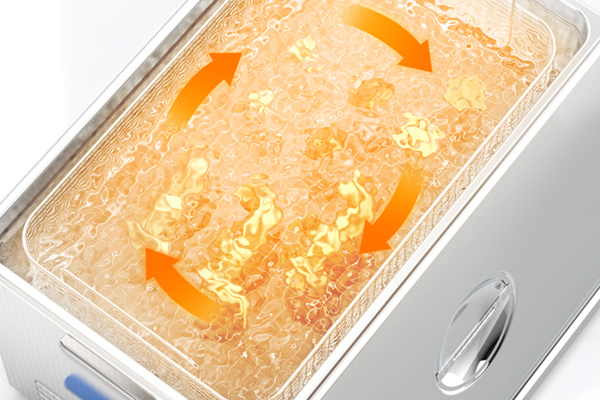
Thermal energy conversion
4. Ultrasonic cleaner transducer efficiency
The efficiency of the transducer used in the ultrasonic cleaning tank will affect the cleaning time and the efficiency achieved during the cleaning cycle. Poorer quality transducers will use more power than advanced transducers and take longer to clean the item. It is applied to 3D print
Covidien has invested a lot of time and money in the design and development of transducers to provide you with excellent cavitation performance.
5、Ultrasonic cleaning machine ultrasonic power
Ultrasonic power levels are usually measured in watts per litre of ultrasound. For example, a 30-litre tank with 600W ultrasonic power is 20W / litre.
Usually, the level of ultrasonic power should be no less than 8W / L, although sometimes for very large tanks can reduce this power.
Ultrasound power is measured in RMS for our ultrasound systems. This gives the total power of the transducer. Some manufacturers measure ultrasonic power in “peak to peak” which doubles this value, so it is important to compare the same measurements.
 GranboUltrasonic
GranboUltrasonic

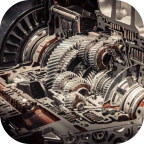
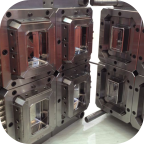






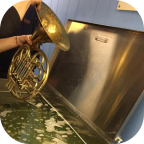

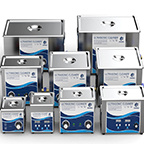




Hello!